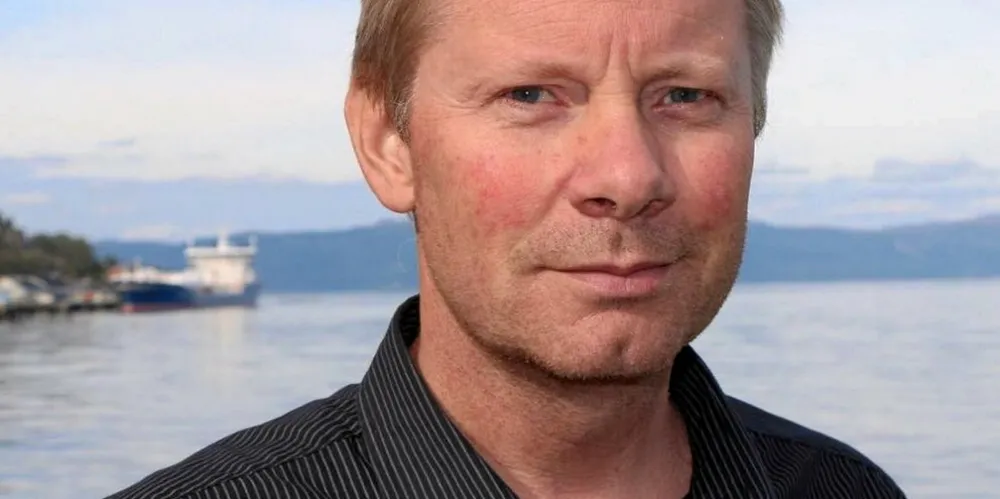Higher costs dampen earnings at SalMar-backed Icelandic Salmon
After the end of the third quarter, the group had to respond to a biological challenge in western Iceland.

SalMar-owned Icelandic Salmon reported an increase in revenue but a drop in earnings before interest and taxes (EBIT) due to higher costs during the third quarter.
The group reported revenue of €42 million ($45 million), an increase of 23 percent compared with the same period last year.
The company reported an EBIT of €3 million ($3.2 million), down from €3.7 million ($3.9 million) during the same quarter last year, resulting in an EBIT per kilo of €0.73 ($0.78) compared to €0.99 ($1.05) during the same period last year.
The higher costs were partly offset by strong prices for the company's salmon compared to overall market prices, the company said.
The SalMar-backed company harvested 4,040 metric tons of salmon in the quarter, an increase of over 6 percent from the 3,804 metric tons produced in the same period last year.
"Our team demonstrated strong adaptability and commitment during a time with changing working conditions," Icelandic Salmon CEO Bjorn Hembre said.
"Following a summer with limited harvest due to our focus on biological growth, we started harvesting in July. In the third quarter, total harvest came in slightly above the corresponding quarter last year, and the biological performance for the quarter was good" he said.
Smolt stocking continued in the third quarter, and the group achieved operational improvements in smolt production. Year to date, smolt production is up 36 percent from 2022.
"The quality of the smolt is good and the survival rate is high," Hembre said.
Biological challenges
After the end of the third quarter, the group had to respond to a biological challenge in Taknafjordur in western Iceland.
At the time, Arnarlax said there had been a "considerable amount" of sea lice in the Westfjords recently, leading to the company having to "act quickly" to de-lice its salmon.
The situation will have a one-off impact estimated at around €5 million ($5.3 million) to €6 million ($6.4 million) on fourth quarter profits, and harvest guidance for 2024 is 15,000 metric tons, affected by the biological challenges.
For 2023, however, Icelandic Salmon expects to harvest 17,000 metric tons of salmon, up from the previous estimate of 16,000 metric tons. The increase is a result of better growth growth performance of the company's spring 2022 salmon generation.
"For the longer term, we continue to see a potential for growth up to 26,000 metric tons on existing licenses supported by strong demand for sustainably farmed Atlantic Salmon," Hembre said.